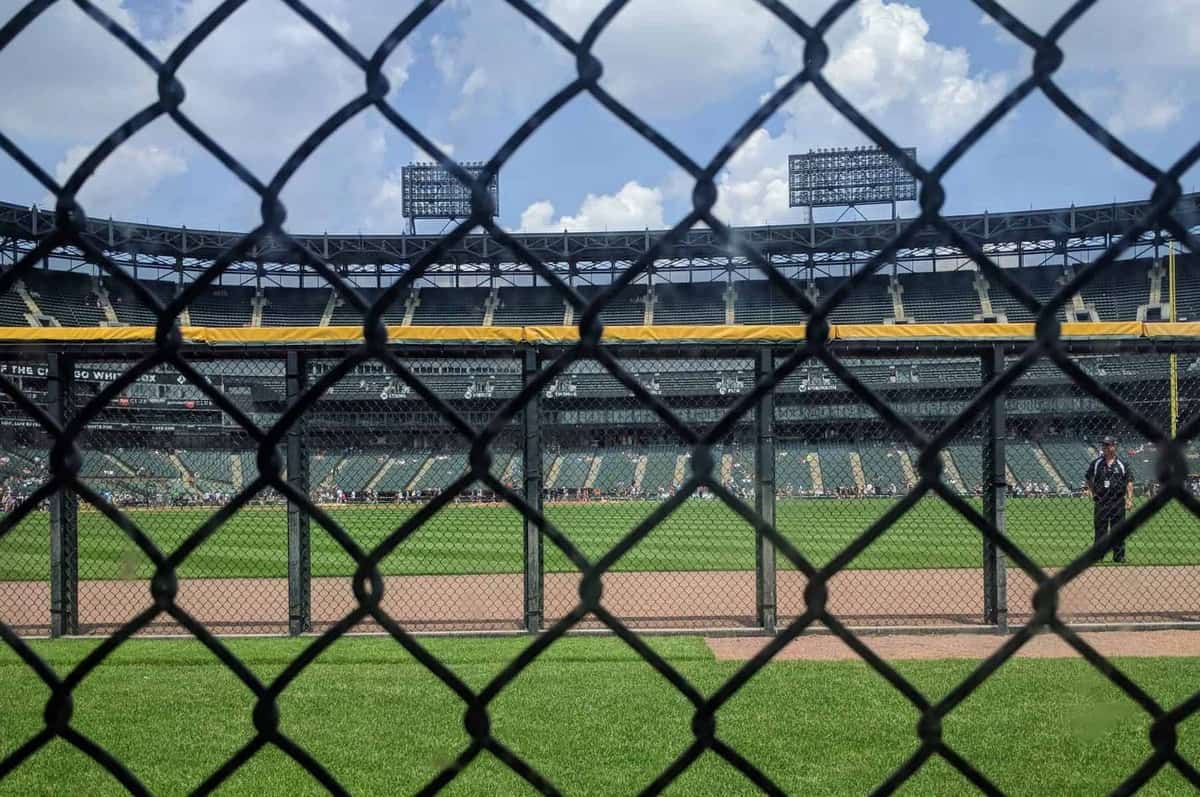The White Sox indeed found a taker for one of their right-handed relievers boasting a history of high-leverage work at the trade deadline on Wednesday. It just wasn't the one everybody expected.
Alex Colomé remains a White Sox. Instead, the Sox sent Nate Jones -- or more specifically his financial obligations -- to the Texas Rangers, along with $1 million in international bonus money. The White Sox received low-minors righties Joe Jarneski and Ray Castro.
ESPN's Jeff Passan says Texas is on the hook for the $2.75 million owed to Jones, but considering how the Rangers plan to use the bonus money, they're still probably coming out ahead
"Why couldn't the White Sox use their own international money toward Lora?" is the logical question, but the answer probably isn't nearly as straightforward. Given that relationships and agreements start with players as young as 12 or 13, I'd venture to guess that Lora isn't hanging out there waiting for a latecomer. He's probably waiting for the Rangers to get the money somehow and only that.
Offloading Jones' contract for two pitchers -- one of them 19 and stateside -- would be a neat trick if the White Sox actually needed financial relief, or had proven a willingness to use such flexibility. Alas, this is the White Sox' third consecutive season carrying a payroll under $100M, so they're not hard-up for all resources. You can basically apply the money saved to Colome's coming arbitration raise and think no more of it.
Likewise, keeping Colomé is not a gut punch in isolation. His dud on Wednesday lacked timing from the White Sox' perspective, but it showed why teams might not be all that inclined to offer something compelling for a guy who doesn't miss bats like other closers with his save conversion rate (21-for-22). The White Sox will likely need a reliever like him in 2020 -- more so than the equivalent of Kodi Medeiros -- and it's one fewer player they have to fight other teams for during the winter. His presence is more or less fine.
Alas, a gloom hung over the proceedings on Wednesday, and not just because the White Sox were 4-14 in the second half before the deadline, and 4-15 after it. The shape of the deadline itself highlighted a couple of fault lines running underneath this portion of the rebuild.
One question is whether Colomé's continued existence on the White Sox roster is reflective of Rick Hahn's market-reading abilities. On more than one occasion, James Fegan said the White Sox acquired Colomé in part due to flippability, which he reiterated in his post-deadline piece:
Part of [the trade's value assessment] was rooted in the belief that Colomé’s value — assuming the typical midseason run on quality relievers rather than the juiced ball turning Narváez into a 25-home run threat — would be a stronger asset going forward.
Omar Narváez's season fits within his history when accounting for the conditions. He's flipped last year's homers and doubles columns while returning to his 2017 brand of below-average defense, as opposed to 2018's abominable work. The White Sox could use that kind of player. They could, can and are using Colomé, so that itself is not the problem.* It's just not helping them gain ground in overall talent. Much like getting a 2-3 WAR version of Todd Frazier instead of the near-star he was in Cincinnati, Colomé continues the White Sox' tradition of working up a sweat while acquiring market-rate players.
(*This assumes Colomé doesn't spend the rest of the season regressing into mediocrity. Admittedly, it's not a fun second-half story line to follow.)
And when the Houston Astros pulled the deadline's landmark deal by acquiring Zack Greinke for four prospects, it reminded me how much the White Sox could be hampered over the next six months by the mudslide in their farm system. The players on the highest ground stand safe and proud, but the prospects after the top five have all dissolved into an indistinguishable mess. That second tier of prospects was supposed to help the White Sox land help like Greinke, who instead figures to make it easier for Houston to watch Gerrit Cole leave after the season.
Arizona received from Houston Seth Beer, J.B. Bukaukas and Corbin Martin. They conveniently ranked third, fourth and fifth on Houston's top 30 prospect list according to MLB Pipeline. The White Sox' top five prospects are all better than Beer, but they're all necessary to the rebuild's internal components. Meanwhile, nobody outside their top five can hold a candle to Martin, the third player out of four in the prospect package.
The Sox have lost the depth from which to deal, and until that middle class of the farm system is restored, they're going to have to proceed carefully with the assets they do have. The Narvaez-Colomé trade, which registers as a relative success compared to other recent deals, shows just how hard it is for the White Sox to take a step forward in one area without taking at least one step back in another.





